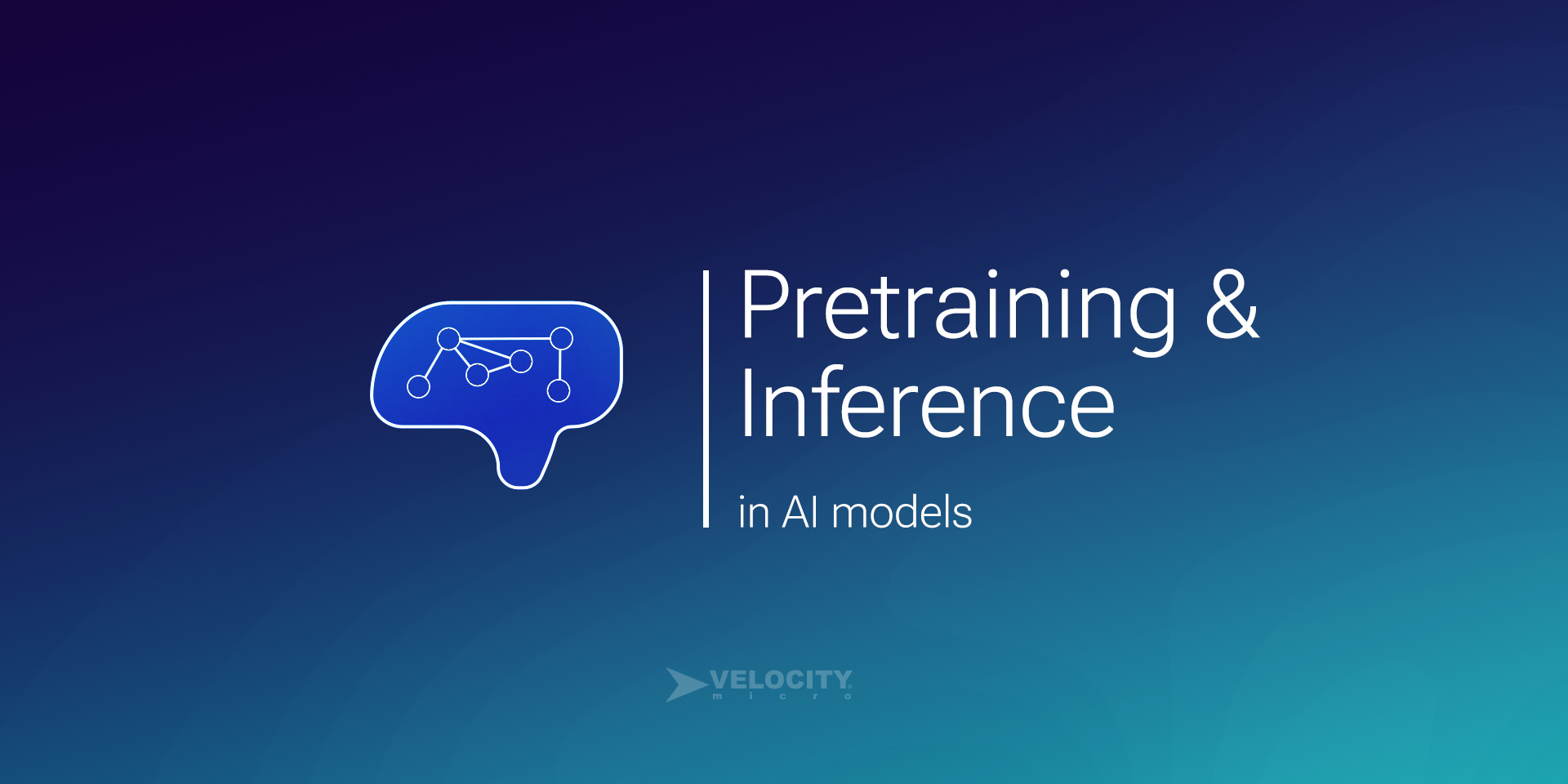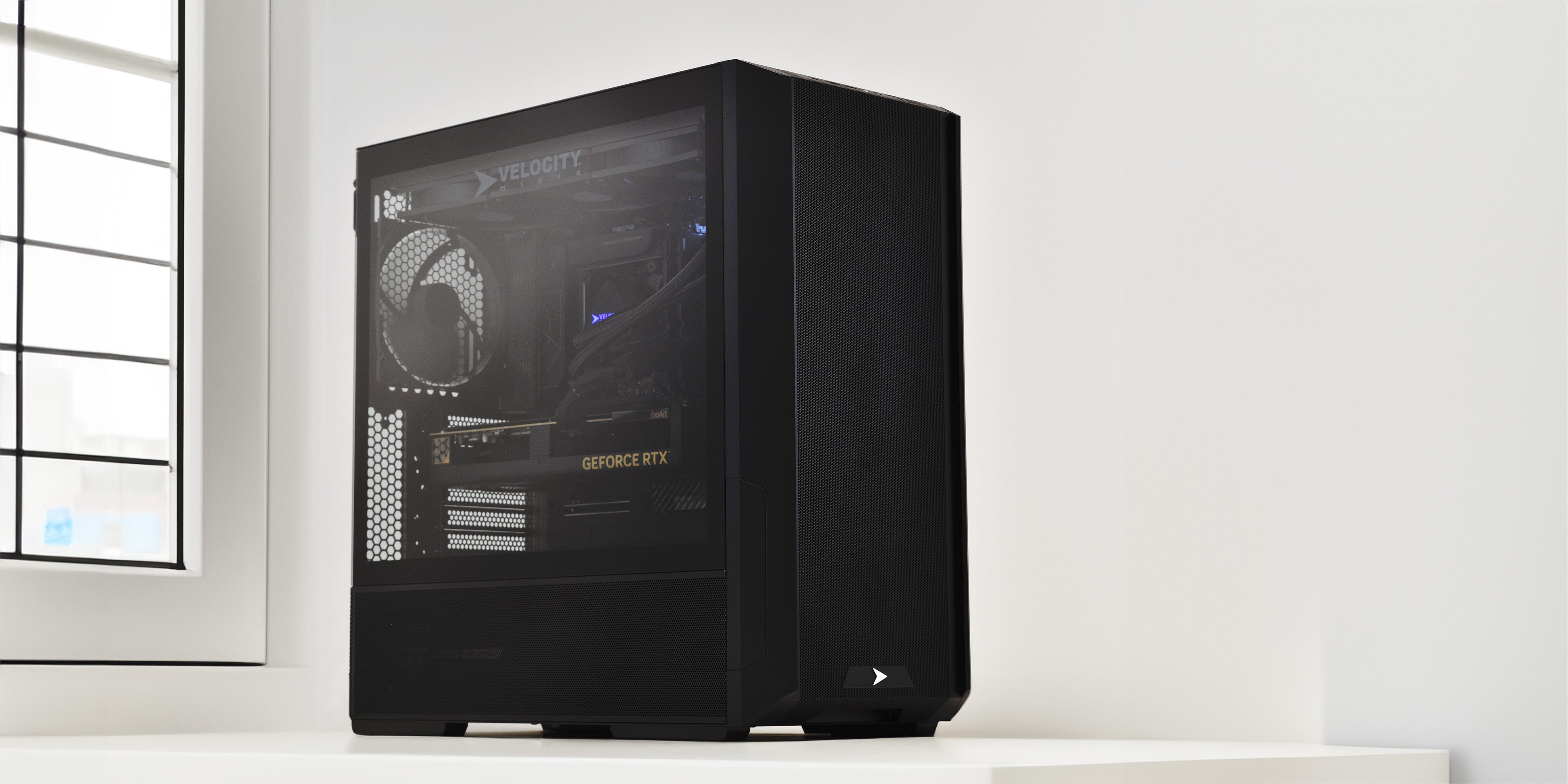
Today, we’ll focus on two crucial AI concepts: pre-training and inference. By understanding these building blocks, we’ll gain insights into how AI models learn and generate intelligent outputs on your AI Workstation.
Pre-training: Building a Strong Foundation
Imagine a student preparing for a big exam; pre-training is akin to equipping that student with a vast amount of general knowledge. Just like the student wouldn’t start studying for a specific test right away, pre-training doesn’t focus on a particular task. Instead, it exposes the AI model to a broad range of information, allowing it to develop a strong understanding of the underlying concepts within its domain. This foundational knowledge becomes vital for the model’s ability to learn and adapt to specific tasks later.
Pre-training isn’t just about cramming information; it’s about empowering the AI model. The pre-trained model develops a kind of internal muscle memory for processing information within its domain. This translates to several benefits:
- Faster Learning: The model can learn new tasks much faster during fine-tuning, similar to how a well-trained athlete can pick up new skills more readily.
- Adaptability: The pre-trained knowledge allows the model to perform well on unseen data, making it adaptable to real-world scenarios.
- Efficiency: Pre-trained models act as a launch pad for developing specialized AI models, significantly reducing development time and resource requirements.
Inference: Applying Knowledge to New Data
Now that our student has a strong foundation, it’s time to apply that knowledge. Inference is like putting the pre-trained model’s knowledge to work. We feed the model new, unseen data relevant to a specific task. The model then utilizes its pre-trained abilities to analyze the data and generate an output, such as a prediction or classification. For instance, a pre-trained model on weather data could be used for inference to predict the weather for tomorrow.
Real-World Applications on AI Workstations
Pre-training and inference work together to enable various AI applications such as:
- Image Recognition: Classifying objects in images (e.g., self-driving cars identifying pedestrians).
- Natural Language Processing: Understanding and responding to human language (e.g., chatbots).
- Recommendation Systems: Suggesting products or content users might be interested in (e.g., online shopping platforms).
Imagine you’ve trained a dog to identify its favorite toy, a red ball, by showing it many pictures of red balls and other toys. Inference is the process of using that trained dog to make a prediction about something new. In machine learning, inference is similar; you train a model on a vast amount of data, like showing the dog many pictures, then use the trained model to make predictions on new, unseen data.
Public vs. Private AI Models on Your AI PC
Public AI Models are designed for broad use and can be accessed by anyone with an internet connection. They are often used for general-purpose tasks or applications that benefit a wide range of users. Examples include large language models and weather prediction models.
Private AI Models, on the other hand, are restricted to a specific group of users, typically within an organization. They are designed to address specific needs and goals relevant to the organization and can provide significant competitive advantages. Examples include customer churn prediction and medical diagnosis models.
Overcoming AI Workload Challenges with AI PCs
Many businesses struggle to run demanding AI workloads on traditional PCs. These systems often lack the processing power and memory required for complex AI tasks, leading to slow training times, sluggish performance, and frustrating delays. Limited scalability can further restrict your ability to grow your AI projects and hinder innovation.
The Solution: Velocity Micro AI Workstations
Velocity Micro AI workstations are built to tackle these challenges head-on. Velocity Micro AI workstations and the AI Power Stack software suite empower your organization to unlock the full potential of private AI models. Our high-performance workstations deliver unmatched performance while the AI Power Stack streamlines your workflow, allowing you to focus on innovation.
As a complete solution, our hardware and software are designed to work together seamlessly, maximizing efficiency and productivity. Our team of experts is here to provide ongoing support, ensuring your success every step of the way. Partner with Velocity Micro and unleash the transformative power of private AI in your organization.
This content was written by the expert Velocity Micro staff.


